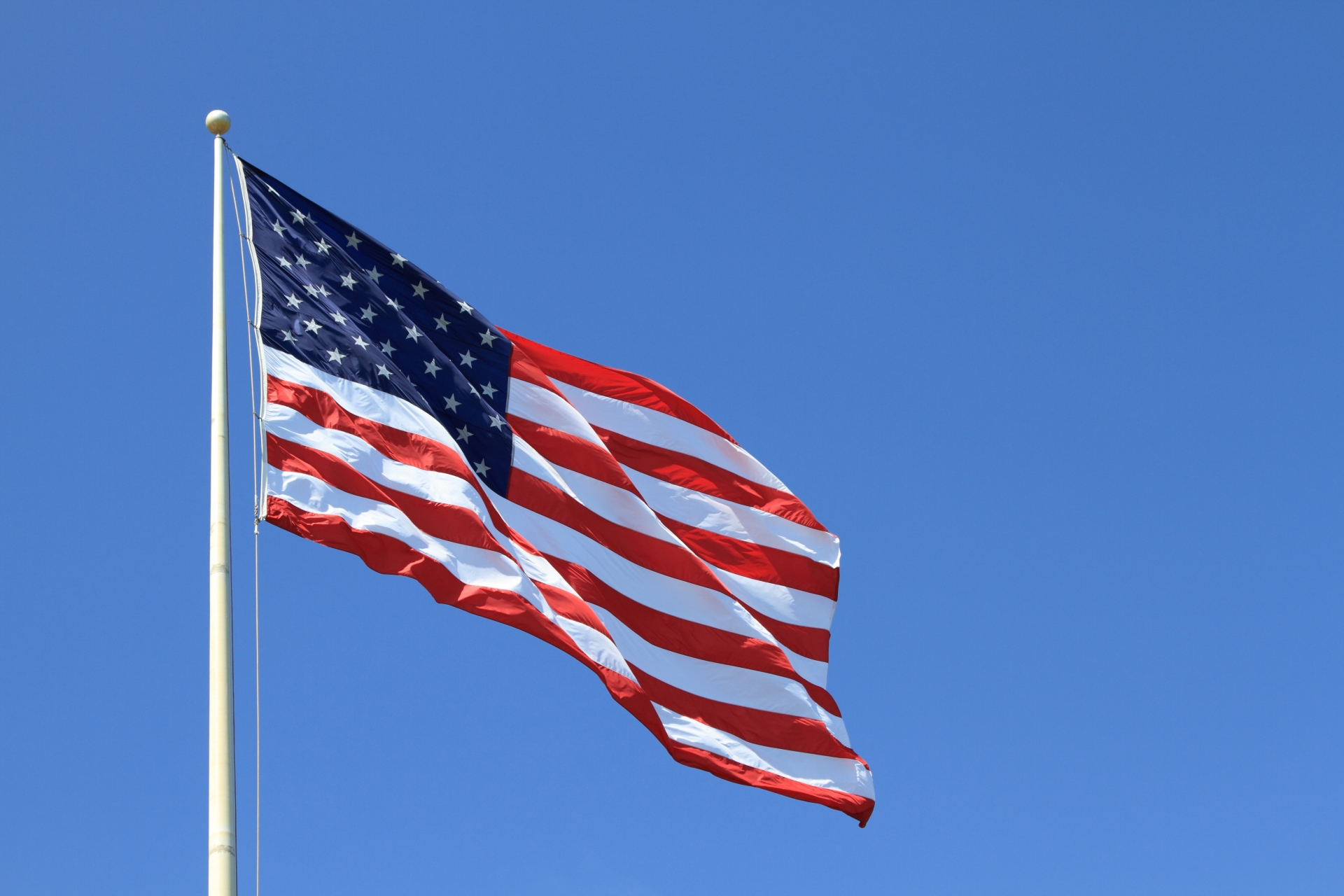West Virginia, located in the eastern United States, is a state rich in natural mountainous areas, but summers can sometimes feel humid and hot. Here, we explain in detail the reasons why West Virginia gets hot, measures to cope with the heat, and relatively cool spots within the state.
Causes of Heat in West Virginia
1. Humid Subtropical Climate
- West Virginia has a humid subtropical climate, with rising temperatures and high humidity in summer that make it feel muggy.
- High humidity tends to increase the apparent temperature beyond the actual air temperature.
2. Influence of Moist Air from the Gulf of Mexico
- During summer, warm moist air flows in from the Gulf of Mexico to the entire eastern region, including West Virginia.
- This moist air is the main cause of the muggy heat.
3. Heat Trapping in Valleys and Basins
- Although much of the state is mountainous within the Appalachian range, heat tends to get trapped in valleys and basins, causing daytime temperatures to rise easily.
Measures Against the Heat
1. Use of Air Conditioning
- Air conditioning is widely used in homes and public facilities, playing a vital role in combating summer heat.
2. Light Blocking and Ventilation
- Using blackout curtains to block direct sunlight and opening windows at night or early morning to promote ventilation helps suppress indoor temperature rise.
3. Public Cooling Centers
- Cooling centers established by local governments provide places for elderly people and those at high risk of heatstroke to stay cool.
4. Lifestyle Adjustments
- Avoid going outdoors during hot hours.
- Frequently hydrate and replenish salt.
- Wear breathable clothing.
Cool Spots in West Virginia
1. Highland Areas in the Appalachian Mountains
- Higher elevation areas have lower temperatures and remain cool even in summer.
- Areas around Snowshoe and Whitewater are popular summer retreats.
2. Along Rivers and Lakes
- Areas near rivers and lakes benefit from cooler breezes from the water, helping to relieve the heat.
3. Forested Regions
- Forests throughout the state provide shade and regulate humidity, acting as natural coolers.
Summary
| Item | Details |
|---|---|
| Causes of Heat | Humid subtropical climate, high humidity, moisture from Gulf of Mexico, heat trapped in basins |
| Main Measures | Use of air conditioning, light blocking and ventilation, cooling centers, lifestyle adjustments |
| Cool Places | Highland areas in the Appalachians, rivers and lakes, forested regions |
Additional Notes
West Virginia is rich in nature with many cool spots, but some summer days can still feel muggy and hot. It is especially important for the elderly, children, and those in poor health to take proper heatstroke precautions.




コメント